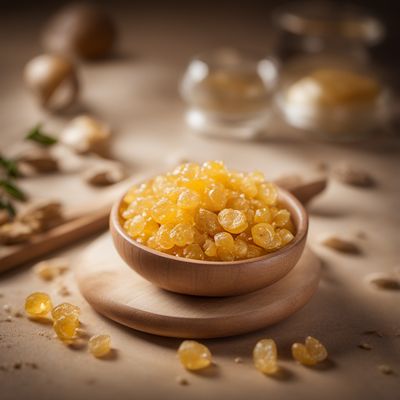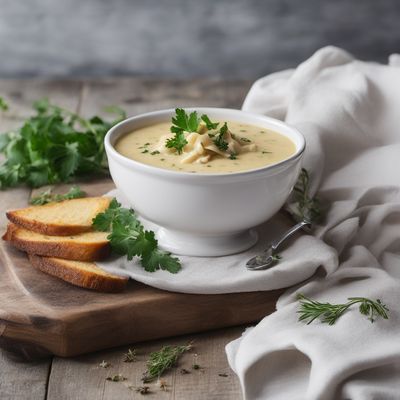
Ingredient
Haddock
The Versatile White Fish
Haddock is a white fish with a mild, slightly sweet flavor and a firm, flaky texture. It has a distinctive silver-gray skin and a white flesh that turns opaque when cooked.
Origins and history
Haddock has a long history of culinary use, particularly in European cuisines. It is native to the North Atlantic Ocean and is commonly found in the waters around Europe and North America. Haddock has been a staple food in regions such as Scotland and New England for centuries.
Nutritional information
Haddock is a good source of lean protein and contains essential nutrients such as vitamin B12, selenium, and phosphorus. It is also low in calories and fat, making it a healthy choice for seafood lovers.
Allergens
Haddock is a fish and may pose a risk of allergenic reactions in individuals with fish allergies. It is important to exercise caution and avoid haddock if you have a known fish allergy.
How to select
When selecting haddock, look for fillets or whole fish that have a fresh, mild aroma. The flesh should be firm and spring back when pressed lightly. Avoid any signs of discoloration or strong fishy odor.
Storage recommendations
To maintain its freshness, haddock should be stored in the refrigerator at temperatures below 40°F (4°C). It is best to consume it within a day or two of purchase. If storing for longer periods, freezing is recommended.
How to produce
Haddock can be commercially farmed or sustainably wild-caught. However, it is not typically produced by amateurs due to the specialized equipment and knowledge required for fish farming.
Preparation tips
Haddock can be prepared in various ways, including baking, grilling, frying, or poaching. It is commonly used in dishes such as fish and chips, chowders, or fish pies. Before cooking, it is important to remove any bones and scales from the fish.
Substitutions
Cod or pollock can be used as suitable substitutes for haddock, as they have similar flavor profiles and textures. However, the taste may vary slightly.
Culinary uses
Haddock is widely used in various cuisines, particularly in European dishes. It is commonly incorporated into fish and chips, fish pies, chowders, or served simply grilled with lemon and herbs.
Availability
Haddock is commonly available in regions such as Europe and North America, where it is native. It can also be found in some international markets or specialty seafood stores.
More ingredients from this category

Whiting
The Delicate White Fish

Grenadiers
Exquisite Ocean Gems

Norway pout
The Silvery Delight: Exploring the Culinary Wonders of Norway Pout

Pollack, pollock
Versatile White Fish

Cod
The Versatile Delight

Ling
The Delicate Delight

Hakes
The Versatile Hake

Alaska pollock
The Versatile Delight: Alaska Pollock

Tusk
"The Ivory of the Sea: Exploring the Delicate Flavor of Tusk"

Blue whitings
The Ocean's Silver Delight


